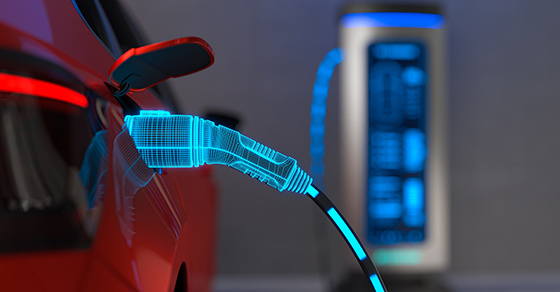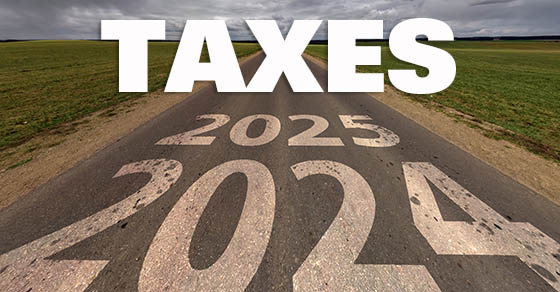Help ensure your partnership or LLC complies with tax law
When drafting partnership and LLC operating agreements, various tax issues must be addressed. This is also true of multi-member LLCs that are treated...
2 min read
 Maurice La Verdure
:
Oct 8, 2024 2:10:01 PM
Maurice La Verdure
:
Oct 8, 2024 2:10:01 PM

Electric vehicles (EVs) have become increasingly popular. According to Kelley Blue Book estimates, the EV share of the vehicle market in the U.S. was 7.6% in 2023, up from 5.9% in 2022. To incentivize the purchase of EVs, there’s a federal tax credit of up to $7,500 for eligible vehicles.
The tax break for EVs and fuel cell vehicles is called the Clean Vehicle Tax Credit. The current version of the credit was created under the Inflation Reduction Act. Here are answers to some frequently asked questions.
Which vehicles qualify for the credit?
To qualify for the full $7,500, there are several requirements. For example:
Are the most expensive EVs eligible for the credit?
No. The vehicle’s manufacturer suggested retail price (MSRP) can’t exceed:
Are there income limits for the buyer?
Yes. To qualify for the new vehicle credit, your modified adjusted gross income (MAGI) can’t exceed $300,000 for married couples filing jointly, $225,000 for taxpayers filing as heads of households or $150,000 for other filers.
How is the credit claimed?
There are two ways. When we prepare your tax return, we’ll file Form 8936 with it. Alternatively, beginning in 2024, you can choose to transfer the credit to an eligible dealer when you buy a vehicle, which will effectively reduce the vehicle’s purchase price by the credit amount. If you don’t transfer the credit, it’s “nonrefundable” so you can’t get back more on the credit than you owe in taxes. And you can’t apply any excess credit to future tax years.
Does a used EV qualify for a tax credit?
Yes, but it’s not worth as much as the credit for new vehicle and the income limits are lower. Beginning January 1, 2023, if you buy a qualified used EV or fuel cell vehicle from a licensed dealer for $25,000 or less, you may be eligible for a credit of up to $4,000. Your MAGI can’t exceed $150,000 for married couples filing jointly, $112,500 for taxpayers filing as heads of households or $75,000 for other filers.
Check before you buy
If you’re interested in purchasing an EV, the tax credit can be a powerful incentive. But before you buy, make sure you meet all the eligibility requirements so you’re not disappointed. Many taxpayers and vehicles don’t qualify. Contact us for assistance.
© 2024

When drafting partnership and LLC operating agreements, various tax issues must be addressed. This is also true of multi-member LLCs that are treated...

Working from home has become increasingly common. The U.S. Bureau of Labor Statistics (BLS) reports that about one out of five workers conducts...

With Labor Day in the rearview mirror, it’s time to take proactive steps that may help lower your small business’s taxes for this year and next. The...